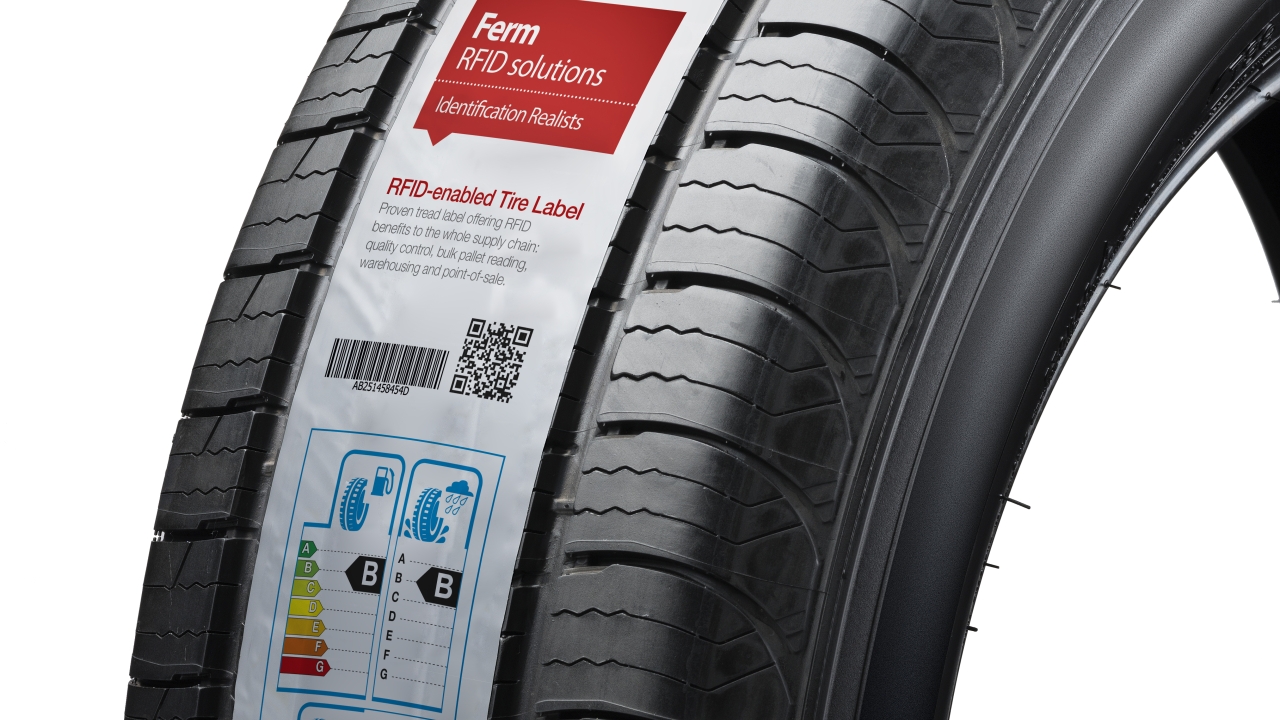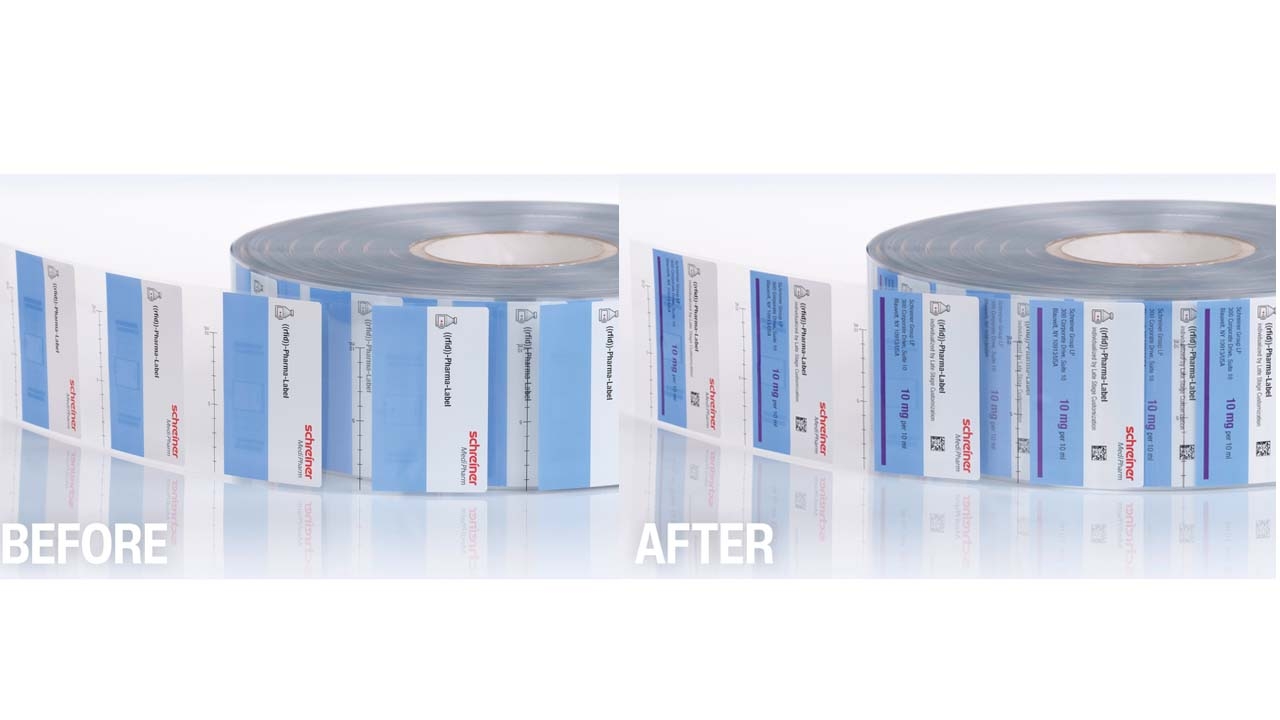Avery Dennison, Ferm RFID Solutions develop RFID-enabled tire tread label
Avery Dennison and Ferm RFID Solutions have created the first truly universal tire tread label with worldwide RFID functionality, which allows entire pallets of tires to be read in a single pass.

The label uses copper wire antenna technology and is compatible with all UHF EPC Class 1 Gen 2 global RFID standards, allowing easier access to different markets, according to Ferm RFID Solutions co-founder Jos Uijlenbroek. The new RFID tread label technology allows up to 150 tires to be read simultaneously, at a distance of up to seven meters, with more dependable performance, lower error rates and reduced tire wastage. Real-world durability is ensured by an RFID antenna that has been designed so it cannot be disconnected from the RFID chip. A proprietary Avery Dennison tire label adhesive, with high coat weight and low-bleed gum pattern, supports production-friendly label conversion and reliable labeling results.
The RFID tire label technology was developed through a collaborative effort by Ferm RFID and Avery Dennison Materials Group Europe, contributing RFID and pressure-sensitive technology respectively.
Hans Eichenwald, senior product manager at Avery Dennison Materials Group Europe, said that the new product creates benefits across the whole supply chain, from manufacturing quality control through to distribution, storage and point-of-sale. ‘This technology helps to add value for manufacturers, who can trace goods more efficiently during production. It benefits logistics suppliers who can read entire pallets at once, and warehouses who need to track tire expiration dates.
‘Metalized materials are sometimes used on tires because they resist staining, however they badly affect RFID readability. Our white tire labels look good and retain their high visual impact, because they have built-in protection against swelling and staining once the label is on the tire.’
Uijlenbroek added that the final product is able to handle a very wide range of applications. ‘We wanted to ensure reliable performance in every kind of environment, and this label copes with all tire types, for example, tires with high carbon black or steel content. The RFID reading distance is the same for car, truck or aircraft tires, and functions such as bulk reading of entire pallets are straightforward.’
Uijlenbroek said that the label addresses key tire segment issues, such as first-in-first-out and coupling between customer orders and loading of trucks. ‘A large warehouse with hundreds of thousands of tires presents an enormous logistical challenge, especially taking into account tire expiry dates. We are able to create a custom label for an individual customer very quickly, and we also handle the systems integration needed to bring it online in the real-world operating environment.’
Stay up to date
Subscribe to the free Label News newsletter and receive the latest content every week. We'll never share your email address.

